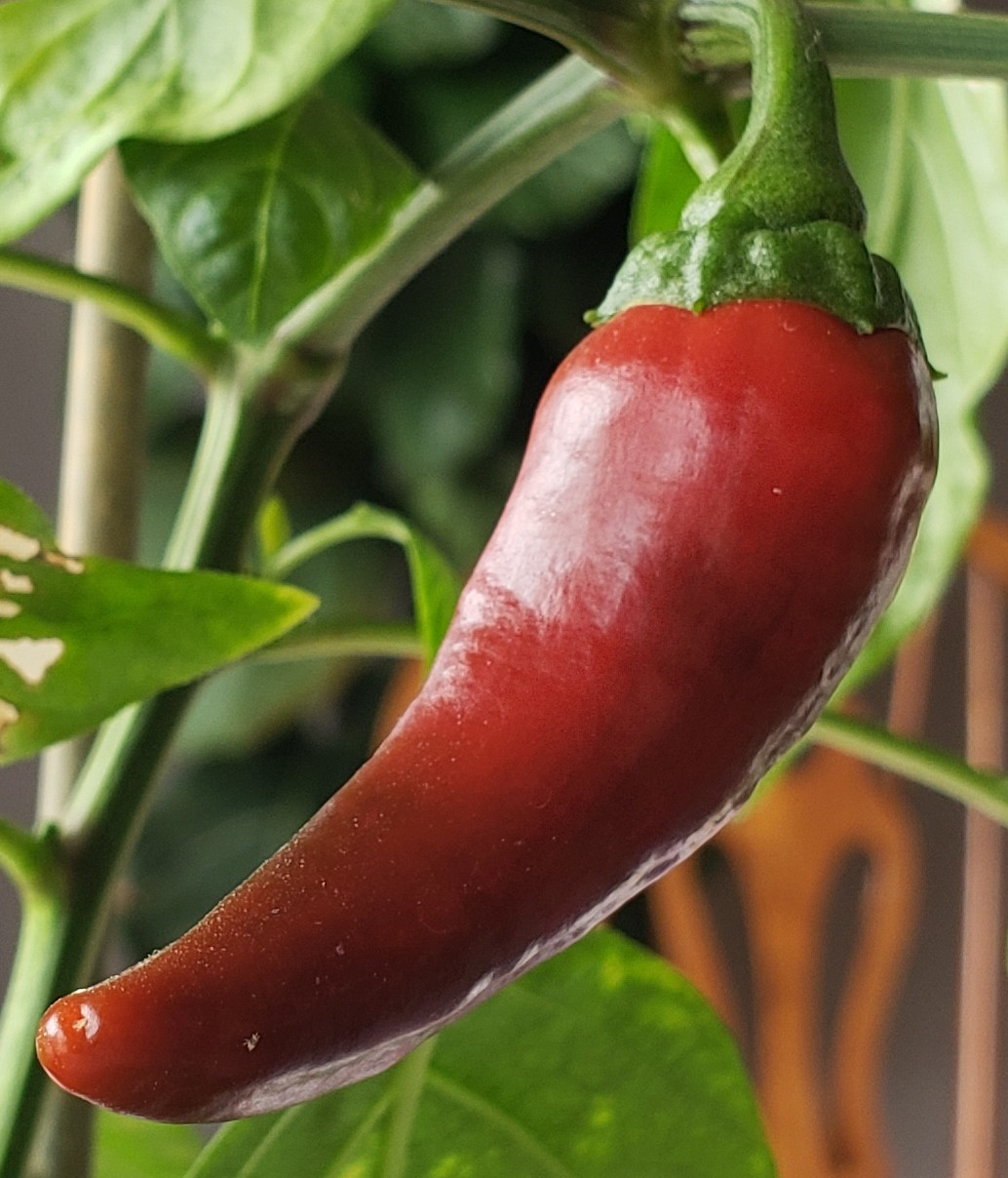Bamboo is pretty dang cool. It has a wide variety of uses, from furniture to tools to food, and much more besides. It's basically a tree crossed with a plant. It grows extraordinarily quickly, and does so even in difficult conditions. (Indeed, for most people, the challenge is not with growing bamboo, but with keeping it contained.)
Given its incredible qualities, bamboo holds tremendous promise as an option for sustainability.
There are more than 1,400 species of bamboo, and while the heaviest concentration is found in Asia and Oceania, bamboo can also be found throughout North America, and grows effectively in any reasonably temperate and humid locale.
Clusters of bamboo are, in fact, typically a single plant, connected underground by a root system.
Plagiarizing from Britannica:
The seeds of some species are eaten as grain, and the cooked young shoots of some bamboos are eaten as vegetables, especially in Chinese cuisines. The raw leaves are a useful fodder for livestock. The pulped fibres of several bamboo species, especially Dendrocalamus strictus and Bambusa bambos, are used to make fine-quality paper. The jointed stems of bamboo have perhaps the most numerous uses; the largest stems supply planks for houses and rafts, while both large and small stems are lashed together to form the scaffoldings used on building-construction sites. The stems are also split up to make buckets and pipes or are used to make furniture, flooring, walking sticks, fishing poles, garden stakes, and other utensils. Some species of bamboo are used as ornamentals in landscape gardens. The fine-grained silica produced in the joints of bamboo stems has been used as a medicine in the Orient for centuries under the name tabasheer. East Asian artists, poets, and epicures have long celebrated the beauty and utility of bamboo in paintings and verse.
Thanks, Britannica.
Announcements & Information
Megathreads and spaces to hang out:
❤️ Come listen to music with your fellow Hexbears in Cy.tube
💖 Come talk in the New weekly queer thread
🧡 Monthly Neurodiverse Megathread
💛 Read about a current topic in the news
⭐️ May Movie Schedule ⭐️
Reminders:
💚 You can join specific comms to see posts about all sorts of topics
💙 Hexbear’s algorithm prioritizes comments and discussions over upbears
💜 Sorting by new makes your comrades happy
🌈 If you ever want to make your own megathread, you can go here
Links To Resources (Aid and Theory):
spoiler
Aid:
💙 Comprehensive list of resources for those in need of an abortion -- reddit link
💙 Resources for Palestine
Theory:
❤️ Foundations of Leninism
❤️ Anarchism and Other Essays
❤️ Mega upload with theory for many tendencies


Okay so would you believe the answer, like everything else in our wretched lives, is the aftermath of World War II?
During the war the US built up a huge industrial base for manufacturing nitrogen based explosives. It produced huge quantities for explosive shells, bombs, torpedoes, rockets, missiles.
And after the war the floor fell out of the blowing shit up industry. All these plants were going to get shut down unless they found something to do with all the nitrogen.
Instead of just transitioning to a peacetime economy some fucking asshole realized that you can make fertilizer with nitrogen. And using the magical science of propaganda that had been perfected during the war this asshole convinced millions of returning GIs about to buy their first home that the ultimate sign of a successful household was a carpet of useless, green, monoculture grass.
I shit you not; the American obsession with lawns is a side effect of WWII.
It's wild how much of America today is the result of not transitioning the economy after WW2